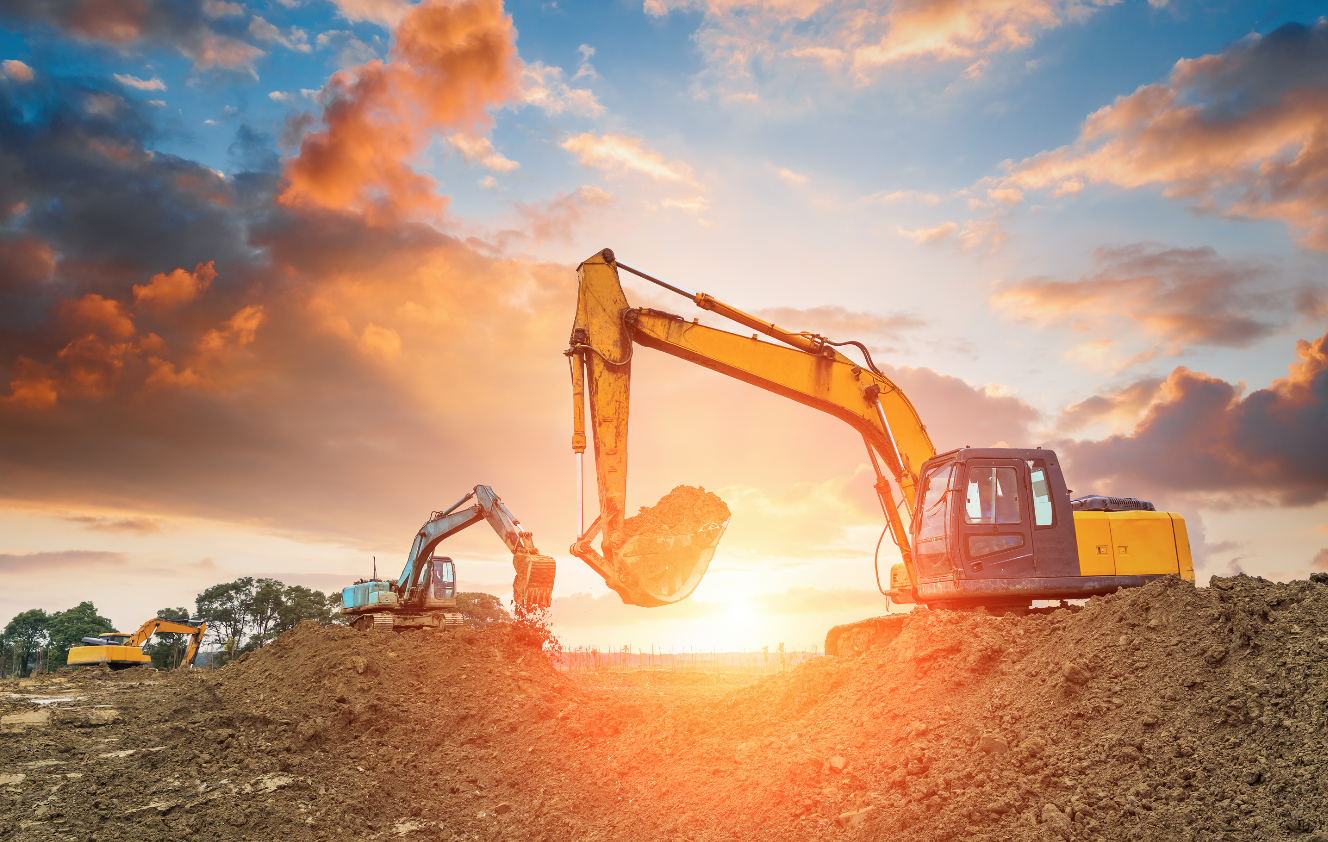The key to making high-quality precast concrete products is having the proper equipment and tools. To guarantee that the quality of the final product is not compromised, sufficient training to operate the equipment and thorough inspection and maintenance are essential. Here are common tools and equipment used to manufacture precast concrete.
1. Screeds
Screeds are long, straight, rigid tubes or boards used to level and smooth wet concrete immediately after it has been poured. Screeds come in a variety of sizes and can be customized to a project, such as those used to construct concrete bridges. In the case of hand-screeding, the screed should be longer than the concrete form’s width so it can ride over the top edges of the form as the concrete is leveled.
For minor projects, such as patios, sidewalks, or driveway and garage slabs, simple straight lumber, typically a 2 x 4, will suffice.
2. Rubber Gloves
Always wear rubber gloves when working with precast concrete. Concrete is made up of chemicals and additives that can cause skin irritation. Cement in concrete can, over time, cause substantial skin damage by drawing moisture from the skin. Cases of employees requiring amputation after years of handling concrete with exposed skin have been reported. According to the Occupational Safety and Health Administration, skin problems are the top cause of work absence among concrete workers.
There are different types of contractor-grade gloves for concrete work, some of which are built for optimum flexibility, and others for high puncture resistance. Materials vary from natural or synthetic latex to nylon fabric or rubberized cotton mixes. Rubber, fleece-coated gloves are recommended for areas with cold weather.
3. Security Gear
Concrete work is physically taxing and occasionally hazardous. Effective job site safety involves the use of protective equipment. These include sight protection, hearing protection, and breathing protection.
4. Wheelbarrows
One needs wheelbarrows to transport modest volumes of concrete and equipment around a construction site. They can also be used to collect concrete samples for slump tests or other evaluations. Wheelbarrows designed for concrete work should be equipped with pneumatic tires that can withstand the large weights and regular use required at construction sites, where steel and hefty poly trays are the norm.
5. Rubber Boots
Wearing rubber boots guarantees you protection as you tread on concrete. They allow workers to work with concrete while protecting their skin from discomfort and potential injury. Precast concrete workers should select waterproof, chemical-resistant, and pleasant-to-wear footwear. Since concrete workers spend several hours each day in these boots, they must be comfortable and practical to wear.
6. Shovels
One needs shovels to move tiny volumes of concrete to fill gaps or depressions and access difficult-to-reach regions. Additionally, shovels help in removing extra concrete from overfilled forms. The majority of concrete contractors prefer square-ended shovels over garden-style models.
7. Forms
Forming equipment is perhaps one of the most critical purchases a precast concrete firm makes. High-quality forms are not cheap. Nonetheless, if properly maintained, they should survive for several years. They must also be cleaned, treated with a release agent, stripped, and inspected by adequately trained workers. All forms and forming equipment must be measured and inspected before the initial use, and at least yearly thereafter.
The pros recommend labeling each form and creating a forming equipment maintenance journal. Some facilities record the exact form a product was cast in so that recurring issues can be readily traced to the culprit form and corrected.
8. Concrete Vibrators
Up to twenty percent of air might be trapped in freshly-laid concrete. Therefore, concrete must be compacted to ensure that it meets the stipulated specifications for durability, strength, permeability, and surface polish. The most used consolidation technique is vibration. Typically, electric or gas motors, hydraulic gear motors, or compressed air (pneumatic) are used to power vibrators. In the precast concrete industry, electric and pneumatic vibrators are the most common.
A key part of generating high-quality precast concrete products involves having the necessary tools and proper maintenance. Appropriate tools not only make work easier but also enhance performance.
Without the right tools, tasks become difficult to complete, and efficiency is compromised. Always choose to work with a precast concrete company like TKL Group that uses state-of-the-art equipment and tools to deliver projects on time and on budget.

